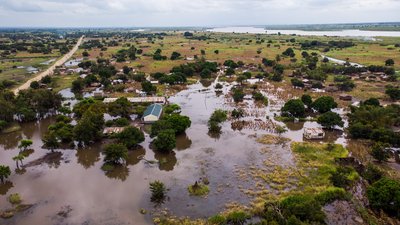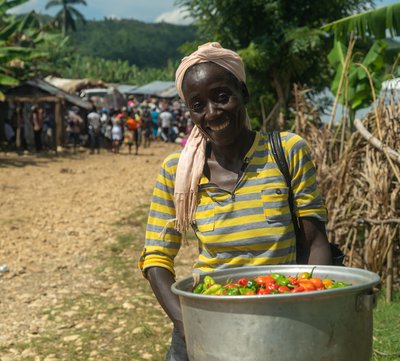Risk drivers including climate change, conflicts, and environmental degradation are affecting the nature of risk and fragility of states. Hazards and shocks, including small to medium-scale crises, are becoming more frequent, intensive, and complex.
Disaster Risk Reduction (DRR) approaches are more cost-effective and ease pressure on strained humanitarian resources. Support for locally led action increases community ownership of interventions and contributes to social cohesion. These approaches enable local actors, communities and marginalised groups to conduct interventions to strengthen local risk management systems and reduce the humanitarian impacts of crises, including through advocacy efforts to address root causes of vulnerability from the local to the global level.







